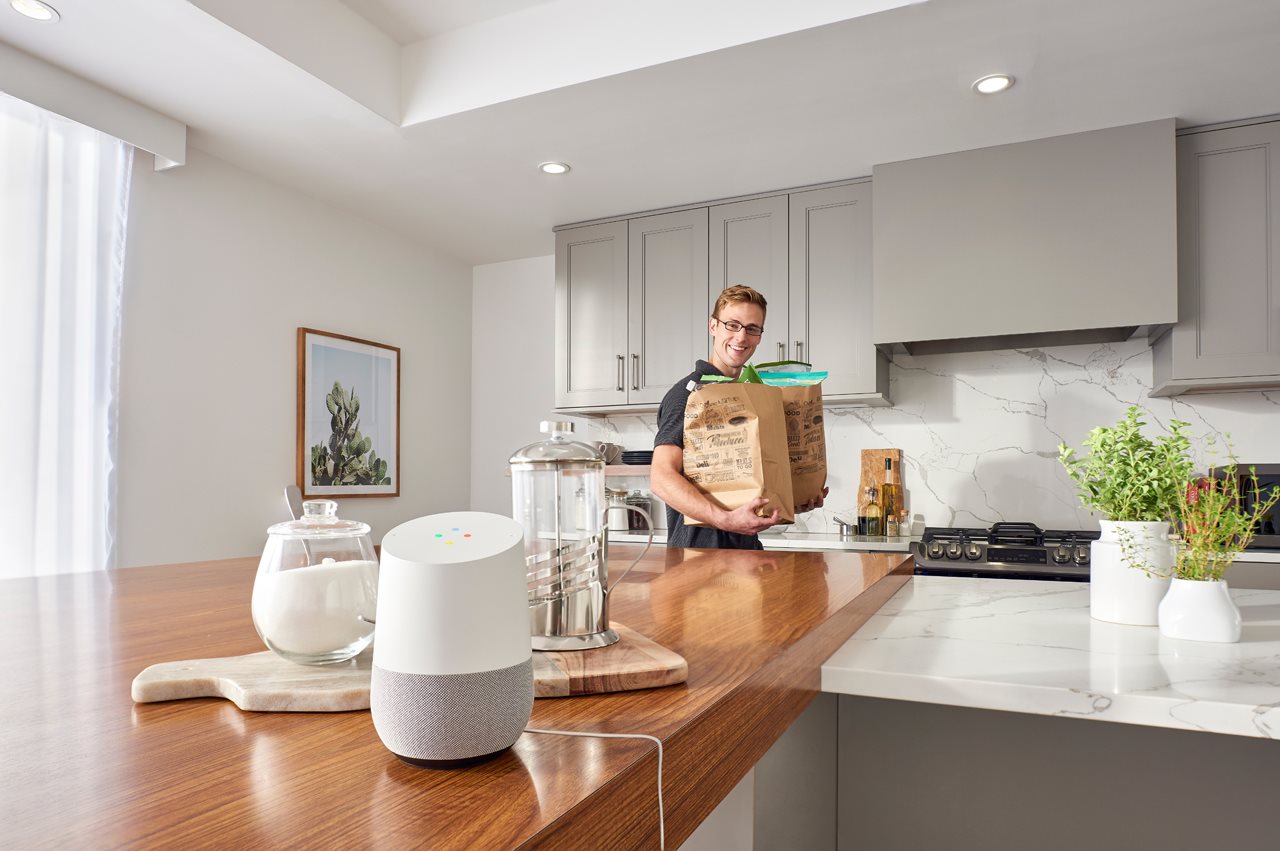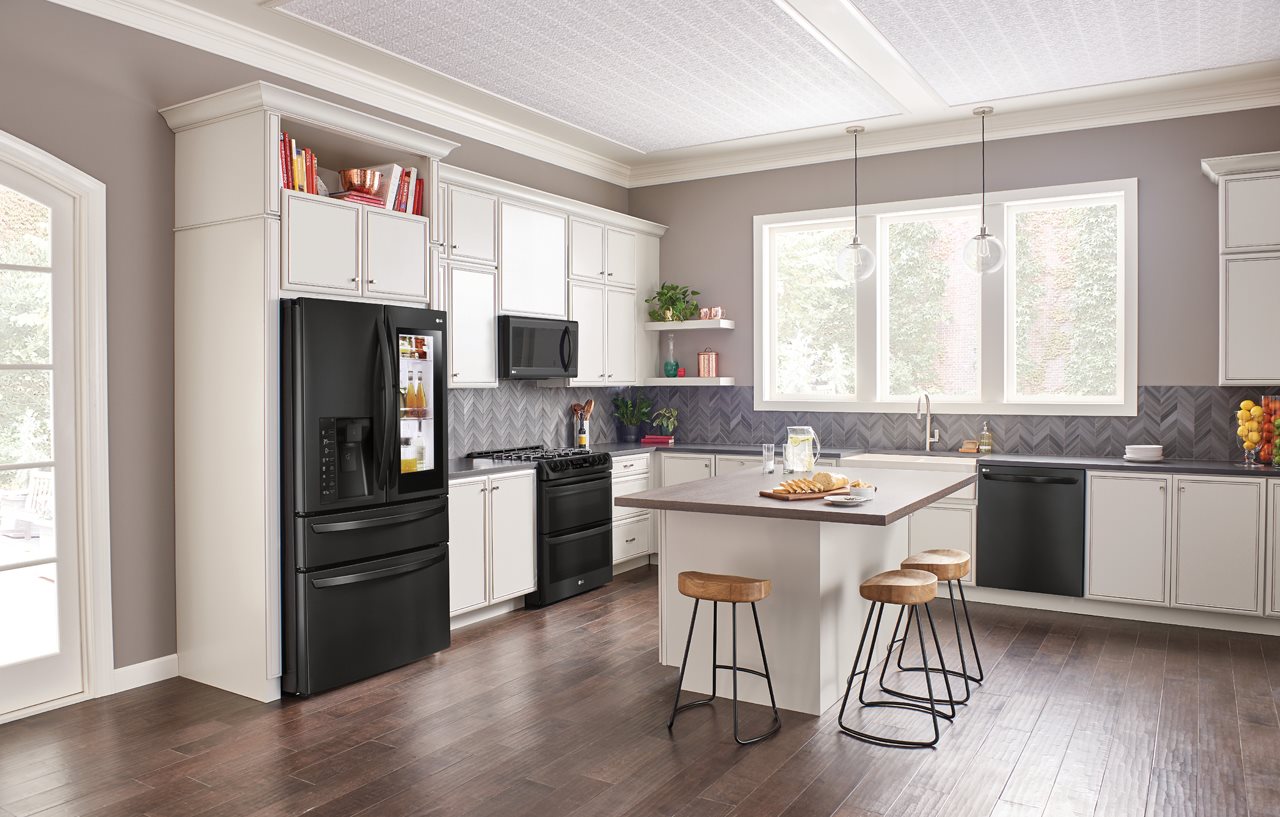2018-12-20T08:01:02
(BPT) – When you’re living with type 2 diabetes, there is a lot to think about when it comes to your health. Most people know that eating healthy, staying physically active, and following a prescribed treatment plan are important to successfully manage the disease. What many people may not know is that it’s also important to understand how diabetes impacts your heart health.
An online survey was conducted on behalf of Janssen Pharmaceuticals, Inc. by The Harris Poll in February 2018, which found that nearly all of the 508 US adults age 18+ with type 2 diabetes surveyed said it’s important to stay active (98%), eat healthy (99%), and follow a treatment plan exactly as prescribed (98%) in order to successfully manage their condition.
Having type 2 diabetes increases your risk for heart disease. In fact, people living with type 2 diabetes are two to four times more likely to die from heart disease than people without diabetes.
Armed with this knowledge, Matthew (60), a former postal worker who lives in Tennessee, is diligent about managing his condition and educating his loved ones about their family history and increased risks. Matthew has a long family history of type 2 diabetes, and received his own diagnosis during a hospital stay due to symptoms of heart failure. Now on a successful treatment plan, Matthew said, “I wish I had asked my doctor about heart disease earlier! I didn’t know my family history soon enough.”
In order to manage his type 2 diabetes and heart health, Matthew focuses on eating healthy foods, exercising regularly, and tracking his progress. He takes INVOKANA® (canagliflozin) to lower his blood sugar, which is also approved by the US Food and Drug Administration to reduce the risk of major adverse cardiovascular (CV) events in adults with type 2 diabetes who have established CV disease. INVOKANA® is the first and only oral diabetes treatment approved with this additional CV indication.
INVOKANA® is a once-daily pill used along with diet and exercise to lower blood sugar in adults with type 2 diabetes. INVOKANA® can reduce the risk of major cardiovascular events such as heart attack, stroke, or death in adults with type 2 diabetes who have established CV disease. In most clinical trials, the majority of people taking INVOKANA® reached an A1C goal of less than 7%, which is recommended by the American Diabetes Association. INVOKANA® is not for weight loss, but may help people lose weight—on average 2-3 percent. INVOKANA® was also shown in clinical trials to reduce systolic blood pressure (on average 3-5 mmHg), though it is not indicated as a blood pressure medication. Results may vary by dose and when used alone or with certain other diabetes medications. INVOKANA® may increase the risk of lower-limb amputations. The most common side effects of INVOKANA® include genital yeast infections, urinary tract infection, and changes in urination. These specific adverse events were generally mild-to-moderate in intensity and infrequently led to discontinuation in clinical studies.
If you have type 2 diabetes, here are a few tips for living well with the condition and managing your cardiovascular risk:
- Learn about heart-healthy foods. These simple food swaps can help you create healthy meals and lower your risk of developing heart disease.
- Take the climb. Incorporate cardiovascular exercise into your daily routine — one great option is taking the stairs! Did you know you can do an entire workout on your staircase at home? These exercises will get your heart pumping. Before any strenuous physical activity, be sure to talk to your doctor.
- Ask your doctor about your cardiovascular risk. Your doctor can help you understand if you are at risk for a cardiovascular event, and what you can do to lower your risk while managing type 2 diabetes.
Visit INVOKANA.com to find more heart-healthy recipes and cardiovascular exercise ideas, as well as information on reducing your risk for major adverse cardiovascular events, important components in a type 2 diabetes management plan.
WHAT IS INVOKANA®?
INVOKANA® is a prescription medicine used:
- along with diet and exercise to lower blood sugar (glucose) in adults with type 2 diabetes
- to reduce the risk of major cardiovascular events such as heart attack, stroke, or death in adults with type 2 diabetes who have known cardiovascular disease. INVOKANA® is not for people with type 1 diabetes or with diabetic ketoacidosis (increased ketones in blood or urine). It is not known if INVOKANA® is safe and effective in children under 18 years of age.
IMPORTANT SAFETY INFORMATION
INVOKANA® can cause important side effects, including:
- Amputations. INVOKANA® may increase your risk of lower-limb amputations. Amputations mainly involve removal of the toe or part of the foot; however, amputations involving the leg, below and above the knee, have also occurred. Some people had more than one amputation, some on both sides of the body. You may be at a higher risk of lower-limb amputation if you: have a history of amputation, have heart disease or are at risk for heart disease, have had blocked or narrowed blood vessels (usually in leg), have damage to the nerves (neuropathy) in the leg, or have had diabetic foot ulcers or sores. Call your doctor right away if you have new pain or tenderness, any sores, ulcers, or infections in your leg or foot. Your doctor may decide to stop your INVOKANA® for a while if you have any of these signs or symptoms. Talk to your doctor about proper foot care
- Dehydration. INVOKANA® can cause some people to become dehydrated (the loss of too much body water), which may cause you to feel dizzy, faint, lightheaded, or weak, especially when you stand up (orthostatic hypotension). You may be at higher risk of dehydration if you have low blood pressure, take medicines to lower your blood pressure (including diuretics [water pills]), are on a low sodium (salt) diet, have kidney problems, or are 65 years of age or older
- Vaginal yeast infection. Women who take INVOKANA® may get vaginal yeast infections. Symptoms include: vaginal odor, white or yellowish vaginal discharge (discharge may be lumpy or look like cottage cheese), or vaginal itching
- Yeast infection of the penis (balanitis or balanoposthitis). Men who take INVOKANA® may get a yeast infection of the skin around the penis. Symptoms include: redness, itching, or swelling of the penis; rash of the penis; foul-smelling discharge from the penis; or pain in the skin around penis
Talk to your doctor about what to do if you get symptoms of a yeast infection of the vagina or penis.
Do not take INVOKANA® if you:
- are allergic to canagliflozin or any of the ingredients in INVOKANA®. Symptoms of allergic reaction may include: rash; raised red patches on your skin (hives); or swelling of the face, lips, tongue, and throat that may cause difficulty in breathing or swallowing
- have severe kidney problems or are on dialysis
Before you take INVOKANA®, tell your doctor if you have a history of amputation; heart disease or are at risk for heart disease; blocked or narrowed blood vessels (usually in leg); damage to the nerves (neuropathy) of your leg; diabetic foot ulcers or sores; kidney problems; liver problems; history of urinary tract infections or problems with urination; are on a low sodium (salt) diet; are going to have surgery; are eating less due to illness, surgery, or change in diet; pancreas problems; drink alcohol very often (or drink a lot of alcohol in short-term); ever had an allergic reaction to INVOKANA®; or have other medical conditions.
Tell your doctor if you are or plan to become pregnant, are breastfeeding, or plan to breastfeed. INVOKANA® may harm your unborn baby. If you become pregnant while taking INVOKANA®, tell your doctor right away. INVOKANA® may pass into your breast milk and may harm your baby. Do not breastfeed while taking INVOKANA®.
Tell your doctor about all the medicines you take, including prescription and non-prescription medicines, vitamins, and herbal supplements. Especially tell your doctor if you take diuretics (water pills), rifampin (used to treat or prevent tuberculosis), phenytoin or phenobarbital (used to control seizures), ritonavir (Norvir®, Kaletra® – used to treat HIV infection), or digoxin (Lanoxin®– used to treat heart problems).
Possible Side Effects of INVOKANA®
INVOKANA® may cause serious side effects, including:
- Ketoacidosis (increased ketones in your blood or urine). Ketoacidosis has happened in people who have type 1 or type 2 diabetes, during treatment with INVOKANA®. Ketoacidosis is a serious condition, which may need to be treated in a hospital. Ketoacidosis may lead to death. Ketoacidosis can happen with INVOKANA® even if your blood sugar is less than 250 mg/dL. Stop taking INVOKANA® and call your doctor right away if you get any of the following symptoms: nausea, vomiting, stomach-area pain, tiredness, or trouble breathing
- Kidney problems. Sudden kidney injury has happened to people taking INVOKANA®. Talk to your doctor right away if you: 1) reduce the amount of food or liquid you drink, if you are sick, or cannot eat or 2) you start to lose liquids from your body from vomiting, diarrhea, or being in the sun too long
- A high amount of potassium in your blood (hyperkalemia)
- Serious Urinary Tract Infections: may lead to hospitalization and have happened in people taking INVOKANA®. Tell your doctor if you have signs or symptoms of a urinary tract infection such as: burning feeling while urinating, need to urinate often or right away, pain in the lower part of your stomach (pelvis), or blood in the urine. Some people may also have high fever, back pain, nausea, or vomiting
- Low blood sugar (hypoglycemia). If you take INVOKANA® with another medicine that can cause low blood sugar, such as a sulfonylurea or insulin, your risk of getting low blood sugar is higher. The dose of your sulfonylurea medicine or insulin may need to be lowered while you take INVOKANA®
Signs and symptoms of low blood sugar may include: headache, drowsiness, weakness, dizziness, confusion, irritability, hunger, fast heartbeat, sweating, shaking, or feeling jittery.
- A rare but serious bacterial infection that destroys the tissue under the skin (necrotizing fasciitis) in the area between and around the anus and genitals (perineum). Necrotizing fasciitis of the perineum has happened in women and men who take INVOKANA®. Necrotizing fasciitis of the perineum may lead to hospitalization, may require multiple surgeries to remove affected tissues, and may lead to death. Seek medical attention immediately if you have fever or you are feeling very weak, tired, or uncomfortable (malaise) and you develop any of the following symptoms in the area between and around your anus and genitals: pain or tenderness, swelling, or redness of the skin (erythema).
Serious allergic reaction. If you have any symptoms of a serious allergic reaction, stop taking INVOKANA® and call your doctor right away or go to the nearest hospital emergency room.
Broken Bones (fractures): Bone fractures have been seen in patients taking INVOKANA®. Talk to your doctor about factors that may increase your risk of bone fracture.
The most common side effects of INVOKANA® include: vaginal yeast infections and yeast infections of the penis; changes in urination, including urgent need to urinate more often, in larger amounts, or at night.
Tell your doctor if you have any side effect that bothers you or that does not go away. Call your doctor for medical advice about side effects. You may report side effects to FDA at 1-800-FDA-1088. You may also report side effects to Janssen Scientific Affairs, LLC at 1-800-526-7736.
Please click here for full Product Information, including Boxed Warning, and Medication Guide for INVOKANA®.
Canagliflozin is licensed from Mitsubishi Tanabe Pharma Corporation.
Trademarks are those of their respective owners.
cp-68573v1
cp-68408v1














